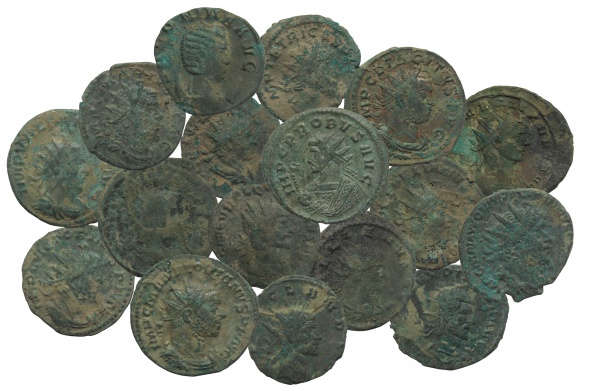Facts About Bredon Hill Hoard
The Bredon Hill Hoard is a noteworthy discovery of 3,784 Roman coins unearthed in June 2011 by metal detector enthusiasts on Bredon Hill in Worcestershire, near an ancient Iron Age hill fort. These coins were buried in a clay pot around the mid-4th century within the confines of a Roman villa. This hoard, comprising coins from sixteen different emperors spanning the mid to late 3rd century, represents the largest collection of Roman coins ever found in Worcestershire.
The discovery was made by Jethro Carpenter and Mark Gilmour, who promptly reported it to the Portable Antiquities Scheme Finds Liaison Officer for the area. Following their report, archaeologists conducted a meticulous excavation of the site, uncovering three distinct layers and confirming that the hoard had been interred within a villa—a context that is both rare and unique compared to other Roman hoards. The coins were subsequently sent to the British Museum for conservation and identification.
The hoard consists of base silver radiate coins from ten emperors of the central Roman Empire and six emperors of the Gallic Empire, dating from 244 to 282 AD. Although originally silver, many of these coins had been significantly debased, with some containing as little as 1% silver. The coins also exhibit various striking errors and anomalies, adding to their historical significance.
A treasure inquest officially declared the coins as treasure, designating them as property of the Crown. The Worcester City Art Gallery & Museum has expressed interest in acquiring the hoard and has initiated a public appeal to raise the necessary funds. In the interim, some of the coins have been temporarily displayed at the museum. The Treasure Valuation Committee will determine the official value of the hoard, and if the museum successfully purchases it, both the finders and the landowner will receive a reward.

 Ireland
Ireland